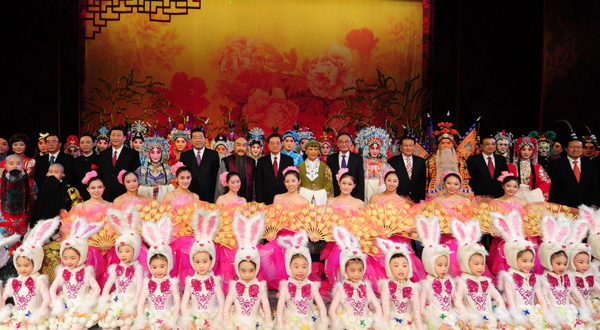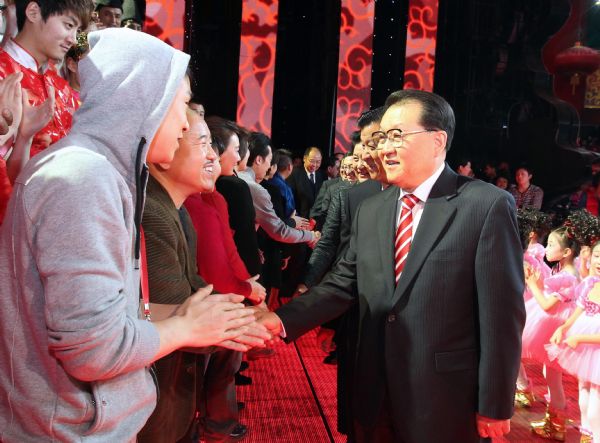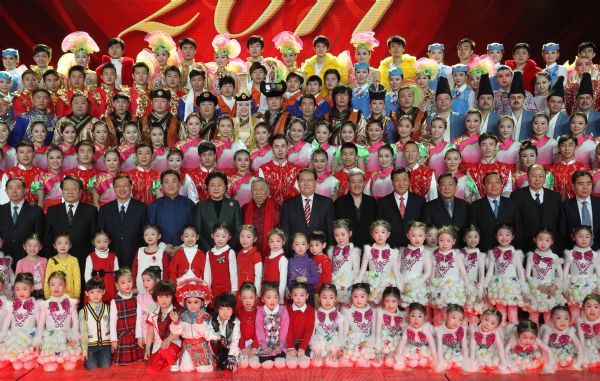by Sedgwick Clark
It’s one thing to list one’s ten favorite composers and another to maintain that these are the “greatest” composers of all time, which is what the New York Times‘s chief classical-music critic Anthony Tommasini did in an admittedly “preposterous”-seeming exercise that began while I was on vacation. The man’s got moxie, that’s for sure.
By virtue of the paper he writes for, Tony’s the target of every classical-music crackpot in the world, especially the opera nuts. They all think they know better. Besides his daily reviews he has to dream up features and “think pieces” regularly, and in this latter case he set upon a real doozy: He would select the top ten classical composers of all time, in order, and in the process clarify “what exactly about the master composers makes them so astonishing.” I’m not sure he was any more successful than Budd Schulberg was with What Makes Sammy Run? in discovering the basis of human nature, but I’ll say one thing: He made me think. For two weeks he kept readers in suspense in a five-article series, tipping his hat to personal but improbable favorites like Britten and teasing readers with such possibilities as Chopin instead of Brahms. He was rewarded by “more than 1,500 informed, challenging, passionate and inspiring comments” from readers. His final picks were revealed on Sunday, January 23, and last weekend the Times came full circle, printing excerpts from several readers’ responses.
So who are the Greatest in Tony’s book?
1. Johann Sebastian Bach (1685-1750)
2. Ludwig van Beethoven (1770-1827)
3. Wolfgang Amadeus Mozart (1756-1791)
4. Franz Schubert (1797-1828)
5. Claude Debussy (1862-1918)
6. Igor Stravinsky (1882-1971)
7. Johannes Brahms (1833-1897)
8. Giuseppe Verdi (1813-1901)
9. Richard Wagner (1813-1883)
10. Béla Bartók (1881-1945)
All greats, no doubt, sensibly ranked. Since I decided to write this blog entry, I’ve been lying in bed late and waking up early, contemplating whom I would include. I’m especially happy to see Debussy, Stravinsky, and Bartók—the leaders of my favorite century in music—on Tony’s list. (I’ve often thought I should have been born around the time of Afternoon of a Faun, but then my wife reminds me that indoor plumbing and antibiotics hadn’t been invented, and my Romantic illusions fade.) Debussy’s is my favorite piano music in the entire literature, bar none—the most beautiful, elusive, sensuous, and sensual use of 240 strings I know. There’s hardly a single succession of notes in his mature output that fails to pass my goose bump test. Stravinsky? He’s my default composer; his Rite of Spring changed my life. I can’t imagine life without Bartók’s Bluebeard’s Castle or Music for Strings, Percussion, and Celesta or the solo concertos or Concerto for Orchestra.
However.
Tommasini’s artificial exclusion of “one of the Vienna Four” in order to include enough Romantic and 20th-century composers is impossible. You either belong or don’t belong on such a list, and there’s no conceivable way that Haydn should be knocked off to include Bartók. Personally I’d eliminate Schubert and rank Haydn before Mozart, but then it’s not my list. I’ll just say that CDs of this most warm-hearted, infinitely witty, and human composer’s music resound in my music room more than those of any other composer, usually in Bernstein performances. Sony has packaged a convenient set of all of Bernstein’s Columbia recordings (88697 480452), most with the New York Philharmonic. And his 1984 recording of the “Oxford” Symphony No. 92 (Deutsche Grammophon 413 777-2) has been foisted on more unwitting visitors than probably any disc in my collection.
P.S. My fellow blogger Alan Gilbert also wrote on this subject this week, and I deliberately refrained from reading it until filing my own ruminations. I look forward now to seeing what he has to say.
Looking Forward
My week’s scheduled concerts:
2/8 Thalia at Symphony Space. Mahler Society President Lewis Smoley and baritone Thomas Hampson discuss Mahler.
2/9 Metropolitan Opera. Adams: Nixon in China.






